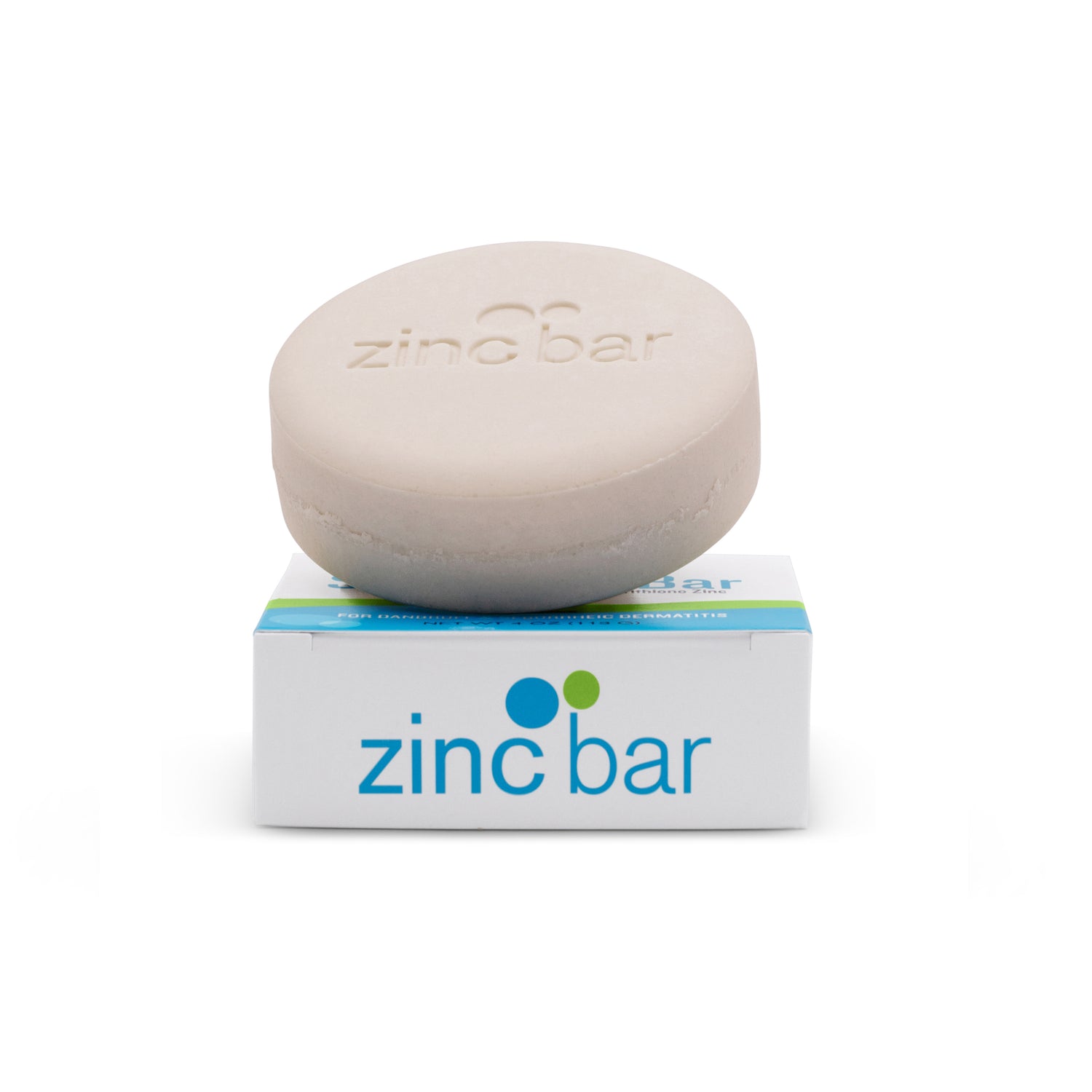Types of Psoriasis
Skin lesions are red at the base and covered by silvery scales.
Small, drop-shaped lesions appear on the trunk, limbs, and scalp. Guttate psoriasis is most often triggered by upper respiratory infections (for example, a sore throat caused by streptococcal bacteria).
Blisters of noninfectious pus appear on the skin. Attacks of pustular psoriasis may be triggered by medications, infections, stress, or exposure to certain chemicals.
Smooth, red patches occur in the folds of the skin near the genitals, under the breasts, or in the armpits. The symptoms may be worsened by friction and sweating.
Widespread reddening and scaling of the skin may be a reaction to severe sunburn or to taking corticosteroids (cortisone) or other medications. It can also be caused by a prolonged period of increased activity of psoriasis that is poorly controlled.
Joint inflammation that produces symptoms of arthritis in patients who have or will develop psoriasis.

